Top 8 Studio Ghibli Films
April 30, 2023
Known for their staggeringly impressive visuals and heartwarming story telling, the animated films of Studio Ghibli are some of the most beautiful and soulful movies ever made. The studio’s unique style of all hand-drawn and hand-painted frames of animation with little to no use of computer generated imagery give the movies a unique flair that sets them apart from other animated movies in a similar genre. In this way, it’s not fair to compare the films of this studio to any other than its own. I’ll happily rate my favorite Ghibli films of all time, which have had such a profound impact on my life, but note that those excluded from the list are still great films and deserve a watch. Every film produced by the company is the result of tireless work of the production team, and all have their own strengths. This list will simply be a collection of my own personal favorites that I believe best embody the spirit of the studio.
#8 – Howl’s Moving Castle (2004)
Even at the very bottom of this list the movies are still relatively strong, Studio Ghibli can do no wrong. I’ll be upfront about my one problem with Howl’s Moving Castle—the story doesn’t make very much sense. On a first watch the movie is definitely confusing, especially towards the end. Rewatching this movie in order to write this list made it a bit more clear, this is a story about having a positive self image and attaining self confidence, which is a theme many can relate to. This film really could be great if this theme was told better through its story. The reason this film still makes a top 8 list is because it can partially make up for its confusing story with great characterization and atmosphere. Like many others to come, this movie is absolutely beautiful in visuals, and the characters are absolutely fantastic. Calcifer in particular is a great character that made me laugh, but all of the characters stand out in their own unique way.
#7 – Only Yesterday (1991)
This movie is an interesting one from a plot and cinematography standpoint, and really showcases the Studio’s brilliancy in using animation as a medium, something you too will notice even on a first watch of this movie. Only Yesterday’s narrative is deep and classic Ghibli. Even if, like me, you do not relate to the main character of the movie whatsoever, the usage of scenes depicting past and present describe experiences and feelings so beautifully that you find yourself absolutely connecting to its main themes of growing up and the importance of being present in the moment and enjoying life. If you’re anything like me, the message of this film will get you where the individual characters of the film don’t. Definitely worth a watch, a beautiful narrative executed well.
#6 – Princess Mononoke (1997)
Princess Mononoke really surprised me when I first watched it. It’s a Studio Ghibli film, but with a well-earned PG-13 rating. This doesn’t change the fact that it’s still a fantastic story and a classic Ghibli experience. Its message is anti-war, similar to Howl’s Moving Castle, but the events of the story here make much more sense. In fact, the story is one of Princess Mononoke’s strong points. The opening act gets the audience involved in the world, and particularly its cast of beautiful characters, while the end involves a huge climax that keeps me glued to the screen. The production quality here shows—the world is beautiful and each scene is painted and drawn beautifully. This movie also especially showcases Studio Ghibli’s abilities to make incredibly meaningful films, as along with the more obvious war themes in the movie there is a strong sub-metaphor for environmentalism which I thought was beautifully executed and resonated with me. This movie ranks at a lower spot on the list not because I have any particular problem with the film but just because the giants ahead of it on this list set it back a bit. All of the next movies are gorgeous and deserving of a watch, ranking aside.
#5 – My Neighbor Totoro (1988)
My Neighbor Totoro is a delightfully charming film. It doesn’t really follow a particular plot, though there are obviously important events in the story and a form of conflict at the end. However, what makes this movie truly great is the ambience it provides. I was astounded when I was doing research for this list and learned that this film was produced in 1988, because it is indiscernible when watching. My Neighbor Totoro is absolutely gorgeous and it has no problems pushing this as its main strength, being a comforting and fun experience that really gets the audience involved in its characters and sense of whimsy. Every scene with Totoro is fantastic and fun. The movie is a story of nature, animism, and the wholesomeness of analog living, and it would make anyone want to adopt the rural lifestyle.
#4 – Grave of the Fireflies (1988)
Watching this movie is an entire emotional experience.
I can’t use even a single word to describe the plot of this movie here in this review because I would hate to spoil even a single part of this story. I went into this movie blind, and Grave of the Fireflies hit me with an emotional train I was not expecting. The opening act of the movie is slow and methodical, but the narrative quickly becomes one of the most heart-wrenching stories I have ever seen on film. This is yet another anti-war film from Ghibli, but it is executed in an entirely different way from Howl’s Moving Castle or Princess Mononoke, and I believe it is one of if not the best anti-war story ever shown on screen full stop. Absolutely watch this movie, but prepare to feel feelings that you didn’t know you even had.
#3 – Kiki’s Delivery Service (1989)
Kiki’s Delivery Service, like My Neighbor Totoro, is just incredibly charming. It shares Totoro’s fun and uplifting atmosphere and I loved every second of it. However, this movie really sets itself apart with its story. It not only has great ambience but also an impactful story about discovering what you love and becoming disenchanted with things you once found joy in. This movie’s story really resonated with me which might impact its ranking a little bit, but I think that most people in the high school age range would also find a lot in common with the story. This movie best shows what Ghibli can accomplish—an impactful story for adults and a fun experience for children.
#2 – Spirited Away (2001)
If you’ve ever heard of Studio Ghibli or its films, chances are it’s because of this film in particular. One of the most popular and well known Ghibli films, Spirited Away’s intense critical acclaim is absolutely warranted. The story of this film takes a backseat role in favor of its beautifully written characters. The main character Chihiro undergoes some of the best portrayed developments in any film, and every aspect of this whimsical and fascinating world is utterly believable in its fantasy. You’ll notice how interested and involved you are in this film even on a first watch, its narrative is just present enough to keep you watching but doesn’t rush you along its 2 hour run time. This film is a case study of Ghibli’s use of a technique Hayao Miyazaki himself calls ma, for nothingness. Every big story element and event in this movie is followed by a period of silence and reflection, and one of the best and most impactful scenes in the entire film contains absolutely no dialogue for almost 3 minutes, and is a silent depiction of the main cast riding a train. Watching this movie is an absolute must, and if you’ve never watched a Studio Ghibli film this is a great place to start.
#1 – The Tale of the Princess Kaguya (2013)
I hadn’t watched this film prior to the creation of this list, but I am absolutely confident that The Tale of the Princess Kaguya is now my personal favorite movie of all time. Based on the ancient Japanese “Tale of the Bamboo Cutter”, every aspect of this movie absolutely blew me away, and I haven’t stopped thinking about it since. The art style is distinct even among other Ghibli films, taking more inspiration from Heian period Japanese art, yet it is deliberate. It may be jarring to some at first, but throughout the course of the film the audience appreciates the art as a beautiful representation of the scenes depicted by the film. Director Takahata stated in a later interview that he wanted people to “recollect the realities of this life by sketching ordinary human qualities with simple props” and “recall the deep reality within the drawings” through the art style of the film, which is beautifully executed.
As for the narrative of the film, few have connected with me the way this one does. A brief plot synopsis would do no justice to the beautifully constructed message of the film. Its reflection of what it means to be human, and the happiness in grief and sorrow, was profound and emotional from start to finish, and I felt so invested in the world, story, and message by the end of the film that I never wanted it to end, and neither will you. It is difficult for me to recommend this film as a first Ghibli movie for those who have never seen one despite the fact that I call it the best. It’s art style and content is a little off-putting, especially in the first 15 minutes for those who aren’t familiar with the Studio’s other works, but this becomes easier as the movie goes on. Watch this after having seen other Ghibli movies, and I firmly believe it will change your life and become one of your favorite films.


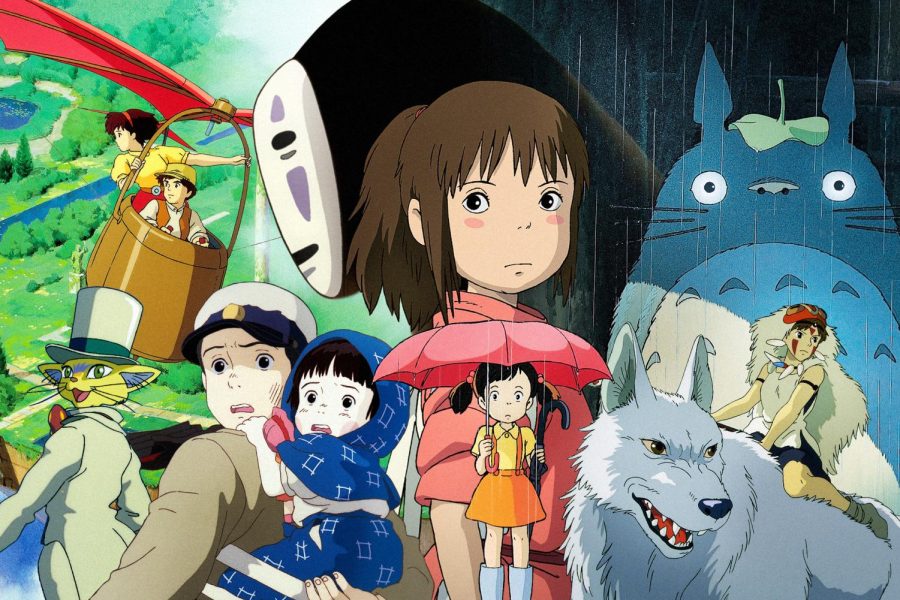

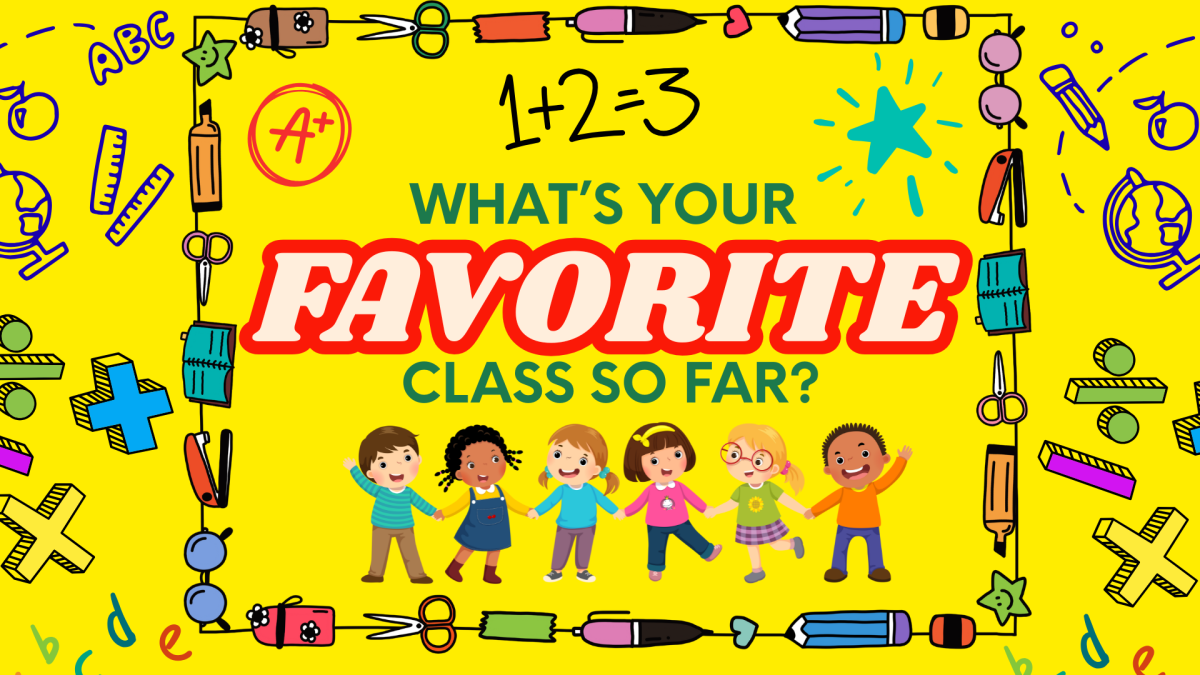
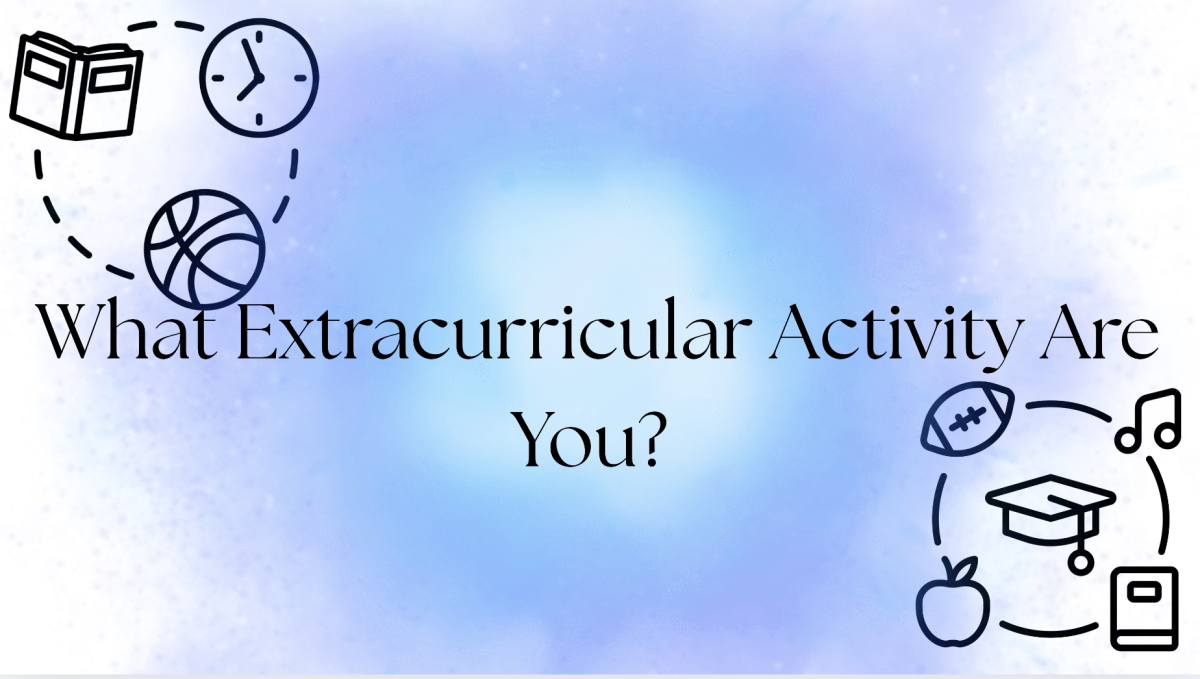
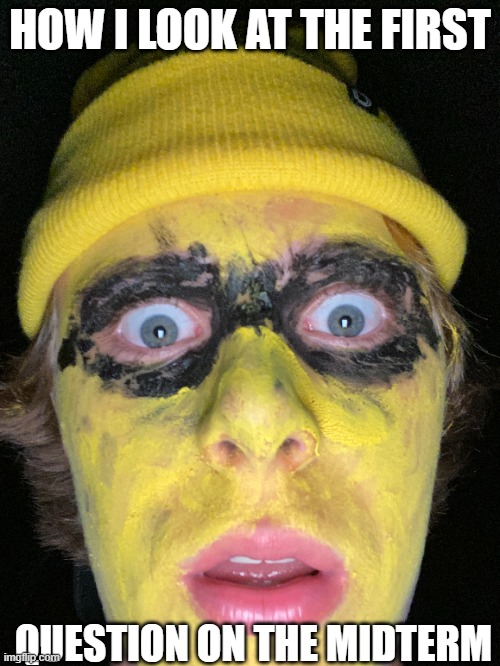
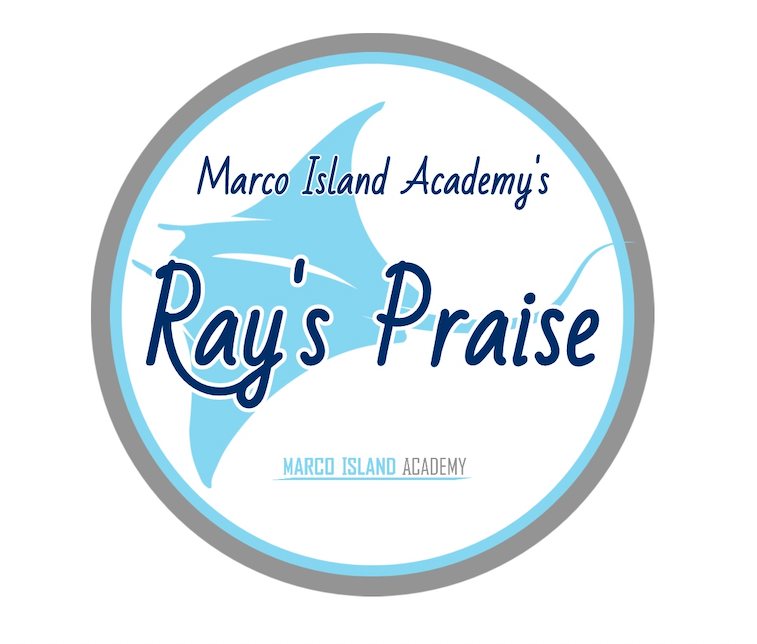

Annabelle Frazer • May 1, 2023 at 8:41 AM
No Ponyo?????
Grant Tirrell • May 1, 2023 at 9:13 AM
omg that’s what phoenix said when he read this too. I apologize, I wasn’t aware of the Ponyo fan club 🙁